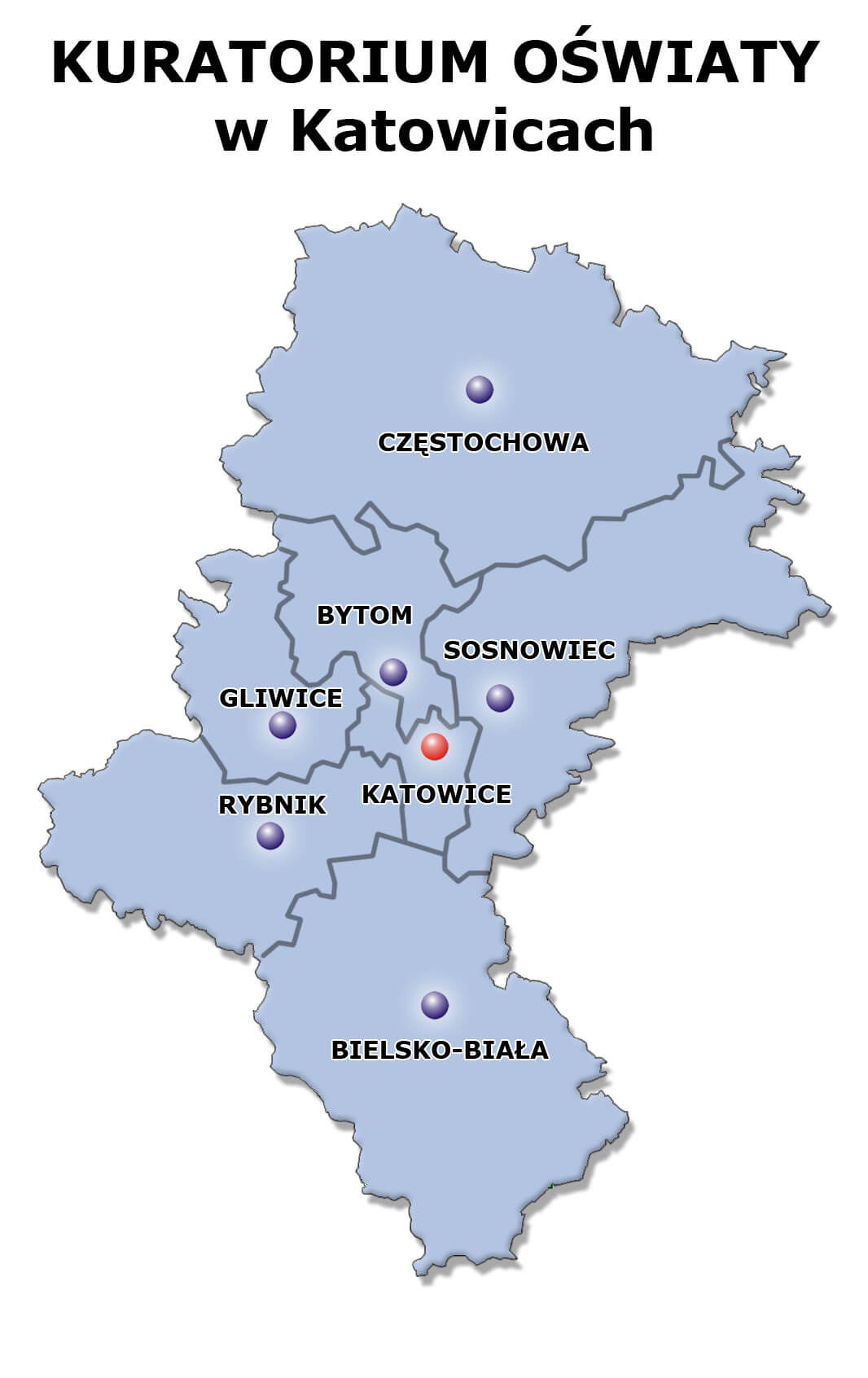Tropical geometry
14 September 2016
Tropical geometry is a new area in mathematics and it is still developing. Despite its exotic name, similarities to the traditional queen of sciences are easily seen. What is this odd mathematical thing and what are its applications?
This new area of mathematics allows for transforming complicated sets (e.g. sets of polynomial roots) into simpler ones (e.g. piecewise-linear functions). This translates into peculiar applications in computer sciences (optimisation of computational complexity) or economics (costs or profits optimisation).
The tropical geometry is defined in a very simple way. Just take an appropriate number set and two kinds of mathematical operations (altogether, this will result in a structure called a semiring).
Let our set be all the real numbers and a point in infinity, here represented as inf.
Now, let us define two operations: tropical addition (represented as “+”) and tropical multiplication (represented as “*”) in the following way:
a “+” b = min(a,b) (i.e. the smaller number out of a and b or any of them if they are equal),
a “*” b = a + b (ordinary addition).
A few examples:
6 „+” 1 = 1
6 „*” 1 =7
2 „+” 5 = 2
2 „*” 5 = 7
0 „*” 4 = 4
5 „+” inf = 5
5 „*” inf = inf
In traditional arithmetic, we know four basic two-argument operations on numbers: addition, subtraction, multiplication and division. In the tropical world, we have already acquainted ourselves with two of them, but can we deduce the remaining? The operation of division is in a way opposite to multiplication: when dividing number a by number b, we look for a number c meeting the following dependency: number b multiplied by number c equals number a. Mathematically, we write it as: a/b = c ⬄ a = b*c. It is easy to notice that in the tropical world, this means: a “/” b = c ⬄ a = b “*” c = b + c. We can always find such number c that, if added (traditionally) to number b, it gives number a, so there is no reason for tropical division not to exist. Yet, if we try the same mental experiment to find a sensible description for tropical subtraction, we will fail as, for example, there is no number equal to 2 “-” 1.
Exactly for the reason that tropical subtraction does not exist, the described structure is a semiring, not a ring.
In order for the complete definition to be satisfied, we also need to prove commutative and distributive properties, as well as the existence of neutral elements for both new operations, but I will leave it to determined readers as an exercise.
What we have done in order to define the tropical world is simply exchange the operations of addition and multiplication for the appropriate operations of minimum and addition. Thus, the graceful name of such a structure is min-plus algebra.
Yet, what is in it for us, actually?
Tropical raising to the power n is understood as n-time tropical multiplication of this number by itself, which corresponds to the traditional adding this number to itself n times, or simply multiplying it by n.
x “^” n = x “*” x “*” x “*” … “*” x = x+x+x+…+x = x*n
Here, the shortcut formulae of multiplication for the tropical equivalent of the expression (a+b) ^n apply.
The tropical geometry is defined in a very simple way.
Just take an appropriate number set and two kinds of mathematical operations (altogether, this will result in a structure called a semiring).
Thus, we have:
(a “+” b) “^”n = n* min(a,b) = a “^” n “+” b “^”n.
Furthermore, we can define polynomials here, as well as rational functions which will always be fragments of linear functions. In higher dimensions, sets of zeros of such functions compose convex polyhedrons, therefore all tropical functions correspond to simple cases of the traditional algebra.
An interesting question is also the tropicalisation of theorems and algorithms – looking for a tropical equivalent of a given geometric result. This implies interesting problems at the borderline with geometry, combinatorics and real analysis, including algorithmic problems.
And finally an etymological curiosity: this rather strange notion was coined by a French mathematician Jean-Pierre Pin in recognition of Brazilian mathematicians.
For those who are interested in the topic, I recommend the following literature, although if you are not a 2nd–3rd year student of maths, you will need to learn some notions by yourself (or ask on the ADAMED SmartUP forum):
Tropical Geometry in the Tropics – Minicourse I – Itenberg – 01
Introduction to Tropical Geometry



























